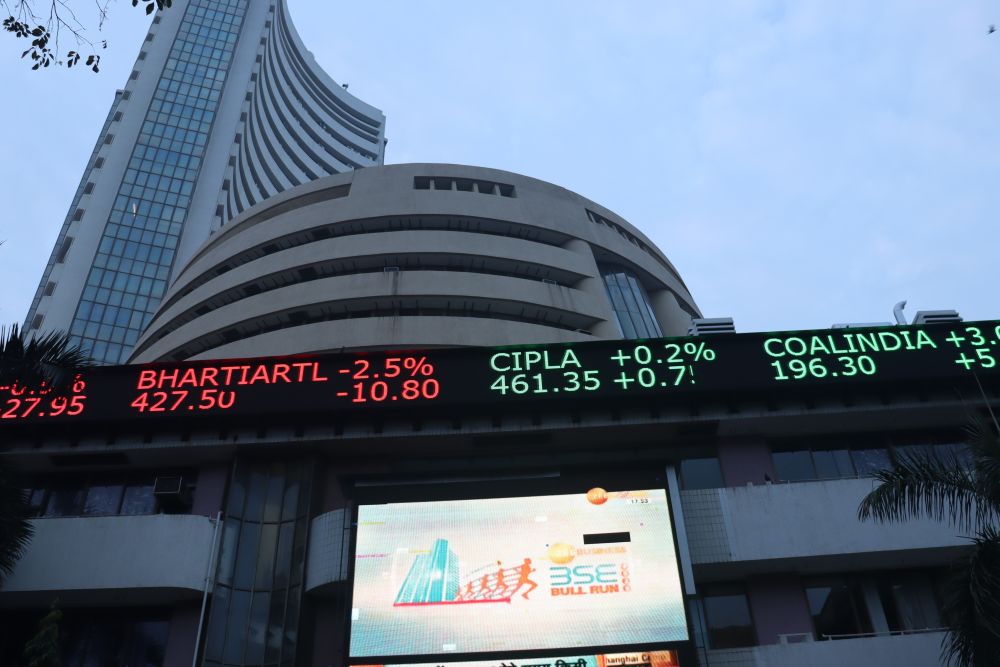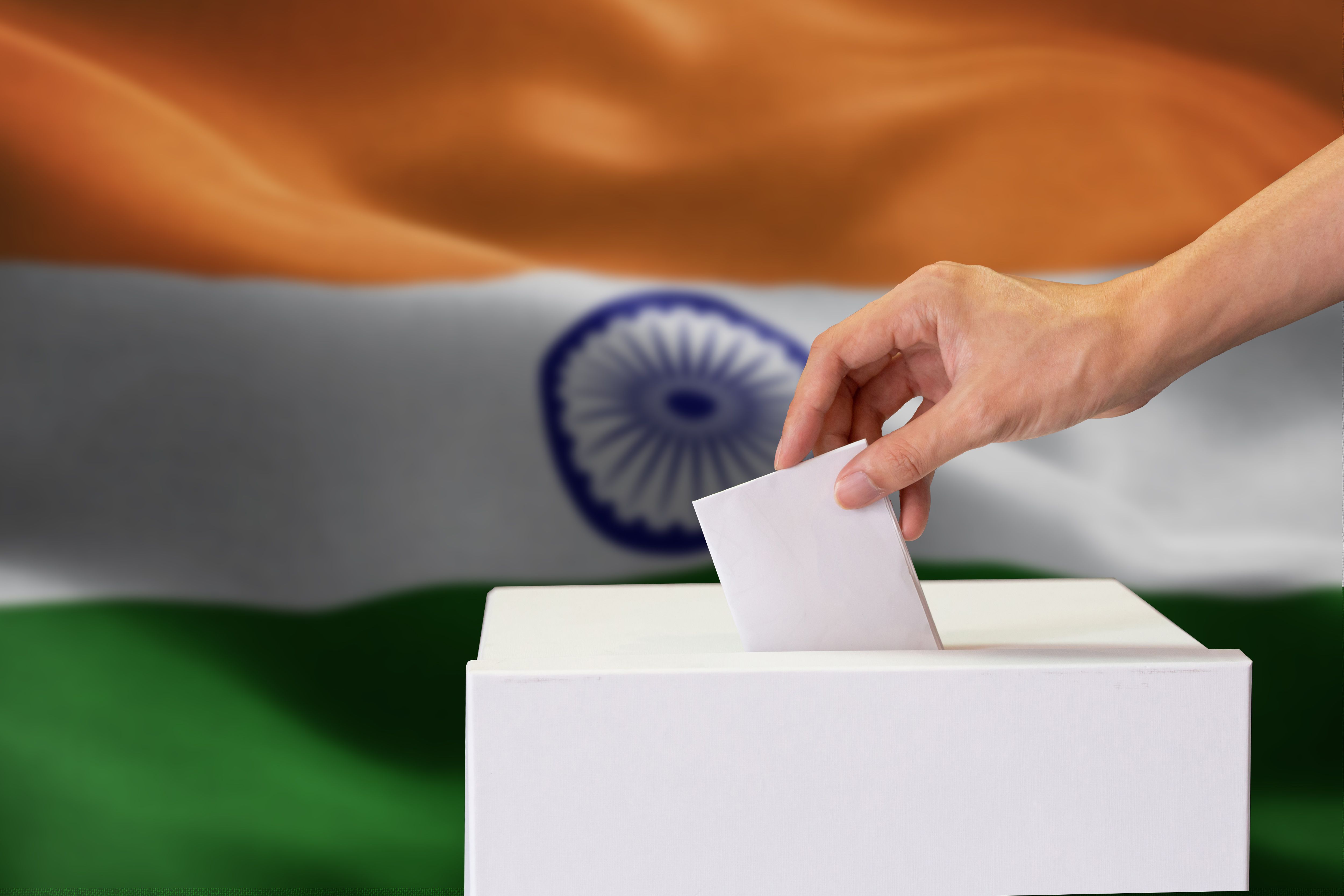In mid-2007, while serving as ministers in Chile’s government, we received the kind of telephone call that every German politician and businessperson now dreads. We were told that natural gas imports from neighbouring Argentina, Chile’s only supplier, would be cut off overnight. Like Germany today, Chile was overwhelmingly dependent on imported gas for generating electricity, fuelling industrial plants and heating homes. The shock therefore could have been devastating; but, thanks to a battery of emergency measures, Chile pulled through.
The episode holds useful lessons for Germany and other European countries that may soon lose access to Russian gas – either because they decide to stop subsidizing Russian aggression or because the Kremlin decides to send its gas elsewhere.
In the 2000s, Chile viewed its use of imported natural gas as the first stage in the transition to a green economy. Following a 1995 agreement with Argentina, Chilean firms and government agencies spent tens of billions of dollars to retool the economy to run on natural gas instead of dirtier power sources such as coal and diesel. These investments resulted in the construction of seven pipelines across the Andes and gas-distribution infrastructure in most large cities. Soon thereafter, gas-fired, combined-cycle power plants sprouted up across the country.
All went well until politically-motivated policymakers in Argentina allowed the domestic price of natural gas to lag behind inflation. The consequences were predictable: Argentinian oil and gas firms curtailed investment and supply, and consumption by factories and households skyrocketed. For a little while, gas was said to be so cheap that people opened the windows instead of turning down the thermostat when a room overheated.
But Argentina soon found itself without enough gas to meet local needs, leading the Peronist government to do what Peronist governments often do: renege on an agreement. Shipments from Argentina had been oscillating since 2004, the year that domestic supply difficulties began. But in mid-2007, over 90% of the agreed-upon deliveries simply stopped flowing.
Chile found itself in a perfect storm. A drought had left its reservoirs empty, so it could not avail itself of hydro power; and oil was trading at roughly US$140 per barrel, so burning diesel and other oil products to power factories and heat homes was unusually expensive. And this was also the first year of the global financial crisis, which meant that Chilean exports to North America and Europe were soon to take a hit.
The Chilean government went into full crisis management mode. The first, obvious step was to end Chile’s dependence on Argentinian gas. We accelerated construction of a liquefied natural gas (LNG) terminal and began building a second facility. LNG storage capacity could not be built overnight (the first Chilean facility would not be completed until 2009), but once vaporizers were installed, regasification could proceed while ships provided temporary storage.
We also accelerated the expansion of solar and wind power. When the Argentine gas shock came, what had been viewed as an opportunity to be seized in the future suddenly became an urgent imperative. The government passed the first law in Latin America regulating renewable energy and started providing risk mitigation guarantees to new private suppliers, so that smaller hydro, solar, and wind projects could come online.
But, because not all new energy supplies could be green, the government also reluctantly pushed for some industrial plants and electricity generators to be converted back to burning diesel. This was dirty and expensive, but it was deemed acceptable as a short-run measure to bridge the supply gap while new hydro, solar and wind facilities were built.
Even then, the new supply sources were not enough to keep total energy consumption at pre-crisis levels, so the government launched a national energy-efficiency campaign. It distributed low-consumption light bulbs, provided funds to improve insulation in homes, extended summer daylight savings hours, and worked with electricity companies to provide transitory subsidies to firms that lowered consumption. Total electricity use fell by 10% over the course of 2008.
Crucially, the Chilean government was able to resist political pressures to cap the domestic price of electricity and oil. Trying to reduce consumption while artificially holding down prices would have made no sense. To offset the impact of higher energy prices on family budgets, we provided poor households with cash transfers and subsidies roughly equal in value to their additional energy expenses. Because the Chilean public sector had very low public debt and massive dollar reserves, these additional expenditures did not involve any macroeconomic or financial dislocation.
Aside from its greater economic might, Germany today has three advantages that Chile lacked. It can rely on LNG facilities in neighbouring countries, such as the Netherlands. It can temporarily draw on coal-fired and nuclear power plants that have been recently closed or listed for closure. And it can import power if its neighbours have a surplus, because its electrical grid is connected to the rest of Europe.
There can be life without Russian gas, but it won’t be cost-free. During the Argentine gas shock, we estimated that even with all the successful mitigation measures, Chilean output growth fell significantly. Germany could plausibly face similar costs. But this price may well be worth paying if the reward is freedom for Ukraine from Russian oppression and freedom for Europe from Russian energy blackmail.
There is another potential payoff as well. Chile’s emergency measures helped jump-start solar and wind generation, making the country a world leader in clean energy, with 43.5% of its power in 2021 generated by renewables. Moreover, the LNG terminals have had lasting value, allowing Chile – a country that produces no natural gas – to export gas to Argentina through the same pipelines that were once used to bring Argentine gas to Chile.
Since Russia’s invasion of Ukraine, EU gas purchases have provided the Kremlin with an additional US$37 billion with which to finance its aggression. The case for ending these purchases is primarily moral. But Europeans need not “freeze for freedom”, as former German President Joachim Gauck recently put it. Instead, they can do the right thing and position their economies for a greener, more resilient future. Chile has shown how.
Andrés Velasco is the dean of the School of Public Policy at the London School of Economics and Political Science and a former presidential candidate and finance minister of Chile; and Marcelo Tokman is a former energy minister of Chile.
Copyright: Project Syndicate








